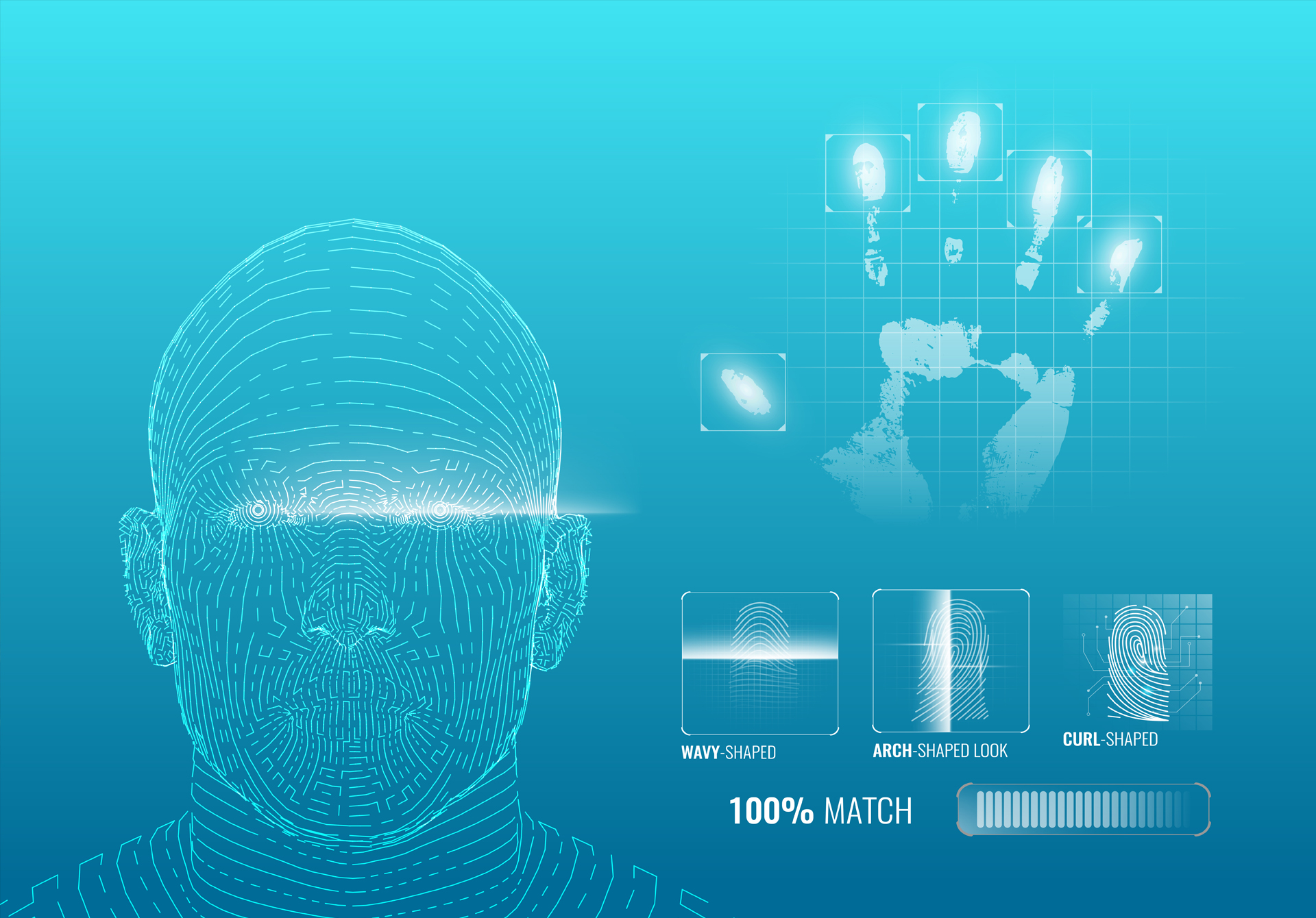Biometric technology has revolutionized identity verification and authentication processes, providing secure and reliable methods to establish an individual’s identity. Aadhaar L1 is a crucial protocol in biometric technology as it ensures the secure transmission of sensitive data between Aadhaar (the central entity) and the Mosip platform. It establishes a trusted channel for identity verification, leveraging fingerprint recognition, which is highly reliable and widely adopted. By utilizing Aadhaar L1, Mosip can securely access and authenticate individuals’ identities, facilitating efficient and accurate processes. This protocol’s importance lies in its role in maintaining privacy and security, ensuring that personal information remains protected while enabling seamless and trustworthy biometric authentication for various applications.
The Role of Fingerprint Devices in Biometrics
Fingerprint recognition is based on the unique patterns and ridges present on an individual’s fingertips. These patterns, often referred to as fingerprint minutiae, create a distinctive biometric template for each person. Fingerprint devices play a pivotal role in capturing and
analyzing these patterns to facilitate identity verification and authentication.
● Enrollment: During the enrollment process, individuals’ fingerprints are scanned and stored as a biometric reference. The captured fingerprint templates are then encrypted and securely stored in a centralized database.
● Verification: For identity verification, a user presents their fingerprint to a fingerprint device. The device compares the live fingerprint with the stored template, determining if there is a match and confirming the individual’s identity.
● Authentication: In authentication scenarios, the fingerprint device ensures that the presented fingerprint belongs to the authorized user before granting access to a secured system or premises.
A Sensible Approach to Biometric Authentication
India’s Aadhaar project, one of the world’s largest biometric initiatives, offers an insightful example of how fingerprint devices can enhance identity verification. Aadhaar L1, a fingerprint authentication method, allows individuals to verify their identity in a seamless and secure manner. Aadhaar L1 aims to minimize the need for physical documents and reduce the risk of identity fraud, making it a valuable tool for various government and private sector services. Moreover, the implementation of Aadhaar L1 also includes measures to ensure that the duplication of biometric data is avoidable, adding an extra layer of protection against potential misuse and enhancing the overall security of the system. The Aadhaar story is a testament to the power of fingerprint devices in biometrics. By integrating fingerprint recognition into various aspects of everyday life, India has made significant strides in streamlining processes, ensuring efficient service delivery, and empowering its citizens.
Addressing Privacy and Security Concerns
Biometric technology has revolutionized identity verification and authentication processes, providing secure and reliable methods to establish an individual’s identity. Aadhaar L1 is a crucial protocol in biometric technology as it ensures the secure transmission of sensitive data between Aadhaar (the central entity) and the Mosip platform. It establishes a trusted channel for identity verification, leveraging fingerprint recognition, which is highly reliable and widely adopted. By utilizing Aadhaar L1, we can securely access and authenticate individuals’ identities, facilitating efficient and accurate processes. This protocol’s importance lies in its role in maintaining privacy and security, ensuring that personal information remains protected while enabling seamless and trustworthy biometric authentication on various platforms.
Data Protection: Storing and managing biometric data must be done with the utmost care and adherence to robust security protocols. Encryption and multi-factor authentication mechanisms are crucial to safeguarding the privacy of individuals’ biometric information.
Consent and Consent Withdrawal: Obtaining explicit consent from individuals before enrolling their biometric data is crucial. Additionally, individuals should have the right to withdraw their consent and have their data deleted if desired.
Biometric Template Security: Instead of storing raw fingerprint images, biometric systems typically convert fingerprints into templates. These templates should be irreversible and encrypted to prevent unauthorized access and misuse.
Centralized Databases: While centralized databases offer efficiency, they can also become targets for potential security breaches. Implementing decentralized or federated biometric authentication systems can add an extra layer of security.
Regular Auditing: Regular security audits of biometric systems ensure compliance with data protection standards and identify potential vulnerabilities.
Conclusion
Fingerprint devices have played a transformative role in biometrics, elevating the standards of identity verification and authentication. The Aadhaar L1 & Mossip exemplifies how a sensible and well-implemented biometric authentication system can streamline services, enhance security, and improve the overall user experience. However, it is crucial to handle biometric data with utmost care, ensuring data protection, privacy, and consent management. As the world embraces biometrics as a secure means of identity verification, striking a balance between convenience and data privacy becomes paramount. By adopting comprehensive security measures, respecting user consent, and regularly auditing biometric systems, we can harness the full potential of fingerprint devices to create a safer and more efficient digital landscape. As we progress further into the digital age, fingerprint biometrics will undoubtedly continue to play a central role in securing our identities and shaping the future of authentication technologies.





